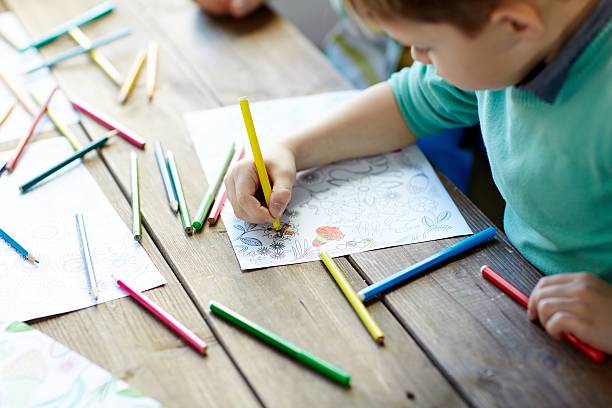
Sensory Processing in children: keys to development
How a Child's Brain Receives, Interprets, and Responds to Sensory Information
What Role Does Sensory Processing Play in Communication and Feeding Development in Infants?
Sensory processing is a neurological process that enables us to perceive, detect, organize, and interpret the information we receive from the environment through our senses. As we know, there are five primary senses: visual, auditory, olfactory, gustatory, and tactile. However, there are also two additional and equally important sensory systems: the vestibular and proprioceptive systems.
Through stimulation from these sensory experiences provided by the environment, children can receive and process information that supports key learning areas. This includes not only communication skills but also processes such as feeding. Through this perception, children not only understand environmental stimuli but also express them in various contexts where they interact.
Key Auditory Development Milestones in Babies and Their Impact on Communication
From the perspective of speech therapy, hearing is a crucial area, alongside language and speech, not only for feeding but also for voice development. When discussing hearing, it is vital to consider how the child perceives and discriminates sounds, both from their own body and the environment.
From birth, children begin to discover the characteristics of sound-producing objects, their own body sounds, and environmental sounds, such as animal noises. The auditory system is fundamental for developing language skills, as it allows children to identify and process sounds from infancy.
- Newborn to 3 months: React to loud sounds, calm down or smile at a familiar voice, and respond to their mother's voice while feeding.
- 3 to 6 months: Begin babbling, producing sounds through vocal play, and showing more active responses to tone changes in voices.
- 6 months to 1 year: Start duplicating sounds and forming simple words like "mama" or "papa." Additionally, they search for sound sources and demonstrate appropriate linguistic comprehension.
These milestones are key to encouraging communication development in children.
How Can Parents Identify Sensory Processing Issues in Their Children?
Currently, a significant percentage of children experience sensory processing difficulties, often due to a lack of stimulation or factors such as the pandemic and post-pandemic effects. Therapeutic support from specialists such as pediatric neurologists or pediatricians is essential to determine if the issue is organic or behavioral.
Occupational therapy allows for creating a sensory profile to identify which systems are altered and how they affect processes like communication and feeding. For instance, some children may reject certain foods or textures, which can lead to repetitive behaviors requiring specialized intervention.
Strategies for Sensory Processing in Infants
An interdisciplinary approach involving family and therapists is crucial for treatment success. Guidelines provided to families should be personalized, as each child is unique in how they receive and process sensory information. Some children may be hyperreactive, while others are hyporeactive, requiring specific strategies.
The first step is identifying how the child receives and organizes sensory stimuli in their brain. This helps develop skills such as self-regulation, decision-making, and problem-solving in everyday life.
Common Challenges Faced by Infants with Sensory Processing Difficulties
One of the biggest challenges is understanding how each child perceives and organizes sensory stimuli. For example, for children with tactile hypersensitivity, a simple handshake can be unpleasant due to heightened perception.
Crying, as one of the earliest forms of communication, can also be challenging to interpret. Identifying these traits and working collaboratively with family and therapists helps effectively address each child's specific needs.
Tips for Parents to Support Their Child’s Sensory Development from an Early Age
Sensory processing influences various areas of child development, including psychomotor, communicative, cognitive, social, and socio-emotional growth. Understanding and addressing each child's individual needs is essential to fostering their holistic development and ensuring their well-being in all aspects of life.
